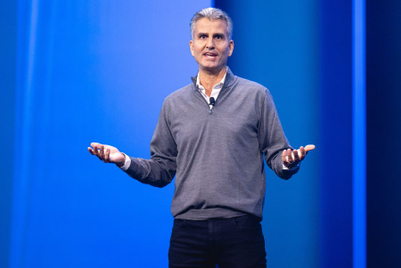
With more than 43 per cent penetration across 300 million households, pay-TV has come a long way. But after Astro’s recent troubles in Indonesia, where it has had to pull its pay-TV venture after a joint undertaking collapsed, it is clear success cannot be taken for granted.
A major issue for pay-TV platforms and the content companies that supply them is the increasing competition from free-to-air TV stations. In markets such as Hong Kong and Singapore, these are aggressively seeking the rights to US-produced content, going head-to-head with the cable and satellite operators which have sought to differentiate themselves by screening premium foreign content shortly after it airs in its domestic markets.
Ricky Ow, GM of Sony Pictures Entertainment Networks Asia, which operates channels such as AXN and Animax, says this climate is a spur to growth. “Consumers understand there are choices, and everyone has to fight harder to be appealing.”
Ow points to the importance of a clear brand proposition, noting that “AXN is no different from a theme park” in the sense that consumers are aware of the channel’s focus on action- and adventure-related programming.
In this climate, another area in which the pay-TV industry needs to sustain momentum is exclusive broadcasting, according to IDC analyst Kenneth Liew. He points to popular sport events such as the English Premier League and the Champions League as the sort of content that can persuade consumers to sign up. “These exclusivity channels are helping pay-TV operators to do well against free-to-air TV,” he says.
In mature markets, according to Sony Pictures Television International vice-president and MD Todd Miller, one of the speakers at the Casbaa conference, there exists an “equilibrium” between free and pay-TV.
“These markets are big enough to support both platforms. In emerging markets, it takes time for consumers to find the value in paying for television, but demonstrably over time, that value is discovered,” he says.
The biggest threat to the industry’s expansion remains piracy. “It’s an endemic problem,” says Simon Twiston Davies, Casbaa’s chief executive. “In certain markets like the Philippines, there are huge numbers of people who believe that it’s a basic human right to receive content free of charge.”
Illegal reselling of content, also rife in China, Indonesia and Thailand, looks set to continue without the implementation of strict intellectual property enforcement. A major factor in solving the problem, says Twiston Davies, will be the increased use of digital broadcasting, which offers security and transparency. Indeed, according to a Casbaa report, digitisation is at the core of future development in the region, despite requiring a significant investment of capital.
However, there is ongoing debate as to the most effective platform for delivery. Satellite systems are widespread in geographically sprawling or fragmented markets such as Australia, Indonesia, the Philippines and Malaysia. While China and India’s distribution has traditionally been cable-based, Ow notes growth in the satellite sector in both markets.
Rob Gilby, senior VP and MD of Disney International Television Asia-Pacific and another speaker at the conference, adds that internet (IPTV) distribution is also steadily gaining ground, although this will take time to develop due to infrastructure requirements.
“Markets in Asia are responding differently to the various delivery methods,” explains Miller. “It really depends on individual market characteristics.”
Miller argues, along with Twiston Davies, that satellite’s cost-efficiency and practicality distinguish it as a platform with strong potential to open up pay-TV to a wider audience. Twiston Davies notes that its high-quality signal and appeal to the “rural rich” stand in its favour.
But Gilby dismisses the notion that a single platform will eventually lead the adoption of pay-TV in Asia. “We need to develop services that make it easier to connect,” he states. “A multi-platform approach is very important. Any platform that finds a new way of delivering content to people opens up new opportunities.”


.jpg&h=334&w=500&q=100&v=20250320&c=1)


.jpg&h=334&w=500&q=100&v=20250320&c=1)
.jpg&h=334&w=500&q=100&v=20250320&c=1)

.jpeg&h=334&w=500&q=100&v=20250320&c=1)


.jpg&h=334&w=500&q=100&v=20250320&c=1)

.jpg&h=268&w=401&q=100&v=20250320&c=1)





